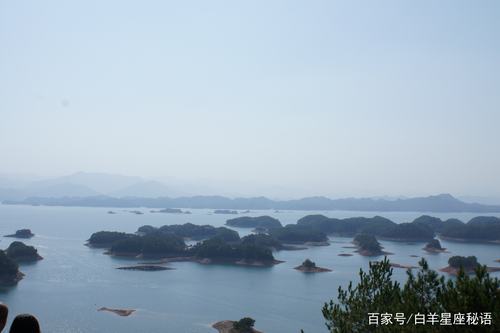Exploring the Multifaceted Culture of the Seven Sisters of India
India is a land of diverse cultures and customs. It is rich in traditions and rituals, which vary from state to state. One such region in India, which has a unique and multifaceted culture, is the Seven Sisters of India. This group of seven states located in the North-Eastern part of the country, is known for its distinct lifestyle, culture, and scenic beauty. In this blog post, we shall explore and discuss various perceptions of the fascinating culture of this region.
Firstly, the region is known for its rich diversity, which is deeply rooted in its history and geography. The region houses more than 200 ethnic communities speaking different languages, with different customs and traditions. Each of these tribes has their own unique culture that includes dresses, dance forms, music, and festivals. Thus, the Seven Sisters is a land of immense cultural diversity that attracts tourists from all over the world.
Secondly, the region’s geography plays a significant role in shaping the culture and lifestyle of the people. The lush green hills, the broad majestic rivers, and the dense forests have contributed to making the region one of the most beautiful and scenic places in India. These geographical factors have also contributed to the way of living of the people, with agriculture and fishing being the primary occupations here. The region is home to a variety of flora and fauna, making this a unique and eco-friendly destination for nature lovers.
Thirdly, the festivals and events celebrated in the Seven Sisters are a reflection of their rich cultural lineage. Festivals such as Bihu, Sangai, and Hornbill are some of the most popular events. The Bihu festival is celebrated in Assam and is known for its energetic dance performances. The Sangai festival is celebrated in Manipur, and it is a cultural event that showcases the various ethnic tribes of the region. The Hornbill festival is celebrated in Nagaland, and it is a colorful event showcasing the rich heritage of the Nagas.
Apart from this, the food habits of the people in the Seven Sisters also reflect their lifestyle and culture. The people of Assam prefer rice as their staple food, while in Meghalaya, pork is the preferred meat. Fish is an essential component of the diet in Manipur, and Tripura is known for its love of spicy food. Hence, the food habits of each state are a reflection of their distinct culture.
Finally, the Seven Sisters are also known for their handicrafts, which are a reflection of their artistic skills. Each state has its own unique handicrafts, which include hand-woven textiles, bamboo works, pottery, sculptures, and many more. These handicrafts attract tourists from all around the world, making the region a hub for art and culture.
Conclusion
In conclusion, the Seven Sisters of India are a perfect example of a region with rich cultural diversity. It is a land where people are proud of their culture, heritage and tradition. The geographical locations, festivals, food, and handicrafts of the region are a reflection of the fascinating culture of the Seven Sisters. Hence, if you wish to experience vibrant cultures, scenic beauty, and rich diversity, you must visit the Seven Sisters of India.
(Note: Do you have knowledge or insights to share? Unlock new opportunities and expand your reach by joining our authors team. Click Registration to join us and share your expertise with our readers.)
Speech tips:
Please note that any statements involving politics will not be approved.
